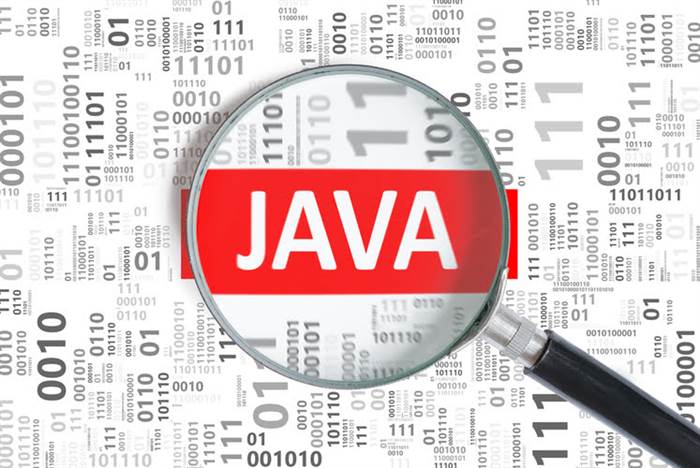Content
- 1 Boolean Networks
- Modeling System States: State-Transition Diagrams and State Tables
- What is a state machine?
- Derive the State Table and the State Diagram of the Sequential Circuit
- Event Processing
- When to Not Rely On State Transition?
- Draw the state diagrams for the finite-state machines with these state tables.
- Step 3: Draw the state diagram for the given state table
For example, this default transition row selects between two destinations, A1 and A2, depending on the value of condition. Append transition column — Add a transition column to the right of the table. For each operating mode in your system, add a state row and enter a https://globalcloudteam.com/ state label, as described in Define Actions in a State. To organize complex systems, define a hierarchy of states by adding child state rows below a parent state row. The main disadvantage of this testing technique is that we can’t rely in this technique every time.

4 below, the logic graphs illustrate a simple method for ensuring that both the sum rule and exclusion rule have been obeyed (these graphs resemble, but are not, K-maps). One graph is needed to analyze branching conditions from each state, and the number of input variables determines the graph’s size . Each cell in the graph represents the unique combination of inputs indicated by the axis variables, and cell entries show the next state for the branch conditions indicated by the axis variables.
1 Boolean Networks
For example, a one-hot encoded FSM with three states would have state encodings of 001, 010, and 100. Each bit of state is stored in a flip-flop, so one-hot encoding requires more flip-flops than binary encoding. However, with one-hot encoding, the next-state and output logic is often simpler, so fewer gates are required. For the next state logic, the Q output for each flip-flop in the next state is actually the D input for each flip-flop in the current state. In this view of the state transition table, the current Q outputs and the current D inputs are defined.

For each row of the truth table, the next-state output values are assigned according to the desired next state. The use of DFFs in the state register is assumed, so a ‘1’ in an output column will cause the corresponding DFF to transition to a ‘1’ on the next clock edge. As shown in the diagram, the combinational circuit block receives binary signals from external inputs and the outputs of flip-flops. The outputs of the combinational circuit go to external outputs and inputs of flip-flops. The gates in the combinational circuit determine the binary value to be stored in the flip-flops after each clock transition. In automata theory and sequential logic, a state transition table is a table showing what state a finite semiautomaton or finite state machine will move to, based on the current state and other inputs.
Modeling System States: State-Transition Diagrams and State Tables
These are powerful views when the engineer is more interested in the causal analysis and wants to view or analyze how events and triggers result in State behavior of the owning Block. This diagram shows the same Traffic Light machine represented as a table of triggers and States. This view will be appealing and more natural to some audiences, and the engineer can simply toggle from one view to another.

The information in a state table can be graphically represented in a state diagram. In this type of diagram, a state represented by a circle, and the transition between states indicated by directed lines connecting the circles. Simultaneous transitions in multiple finite state machines can be shown in what is effectively an n-dimensional state transition table in which pairs of rows map current states to next states. This is an alternative to representing communication between separate, interdependent state machines. In one-hot encoding, a separate bit of state is used for each state. It is called one-hot because only one bit is “hot” or TRUE at any time.
What is a state machine?
A state table is essentially a truth table in which some of the inputs are the current state, and the outputs include the next state, along with other outputs. Shows a timing diagram illustrating the traffic light controller going through a sequence of define state table states. The diagram shows CLK, Reset, the inputs TA and TB, next state S′, state S, and outputs LA and LB. Arrows indicate causality; for example, changing the state causes the outputs to change, and changing the inputs causes the next state to change.
- However, should you refresh the page, the block’s sort order will revert to the default method that was set while editing the block.
- A sequential circuit is an interconnection of flip-flops and gates.
- Only signals that are needed by the next-state or output logic circuits are shown in the state diagram.
- We need to implement a mutable state table that allows the Event Processor to record and update state.
- However, it is often possible to choose a good encoding by inspection, so that related states or outputs share bits.
- A better method is to show each output driven to ‘1’ or ‘0’ in every state this avoids any confusion.
- Therefore, the result shows the diagram of a finite-state machine.
To view only the current state of your device, select “Last received data point”. To view device states reported over a longer period, select any other option. Drawing diagrams of business problems and software systems is a powerful aid to requirements development. Two states are equivalent if outputs are identical for all input combinations Next states are equivalent for all input combinations. Optimize state table form a given state table of a completely specified machine using partition based algorithm. An example of a state transition table for a machine M together with the corresponding state diagram is given below.
Derive the State Table and the State Diagram of the Sequential Circuit
The output truth table shows how the state variables and any Mealy inputs are combined to form outputs. In this example, only one of the two inputs is used by the output logic circuit. The state and output tables can be combined into a single truth table to specify all combinational logic requirements (i.e., both next-state and output requirements) in a single table.

One method of capturing the behavioral requirements of a state machine is through the creation of a state table. A state table is nothing more than a truth table that specifies the requirements for the next-state logic, with inputs coming from the state register and from outside the circuit. The state table lists all required states, and all possible next states that might follow a given present state. In automata theory and sequential logic, a state-transition table is a table showing what state a finite-state machine will move to, based on the current state and other inputs.
Event Processing
To make your state machine design more efficient, reliable, and maintainable, there are several techniques you can apply. Minimizing the number of states and transitions is a good place to start, as is simplifying the logic and conditions for the transitions. Additionally, it’s important to use consistent and meaningful naming conventions for your states, inputs, and outputs. Comments and annotations can help explain your logic and assumptions, while testing and verifying your design with simulation tools or test cases will ensure it works as intended. State machines are a powerful tool for designing and documenting control logic, especially for complex systems that involve multiple inputs, outputs, and modes of operation.
